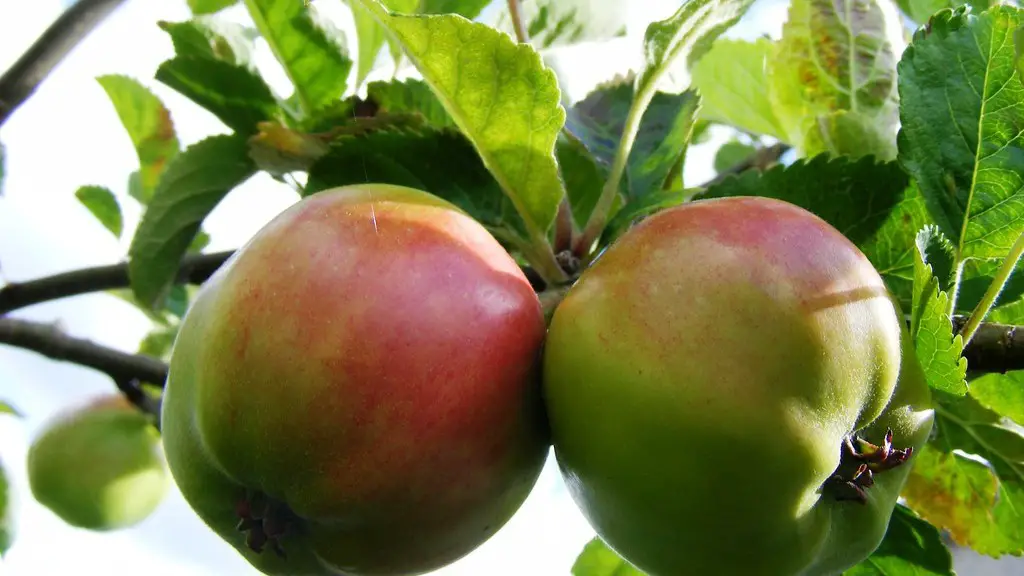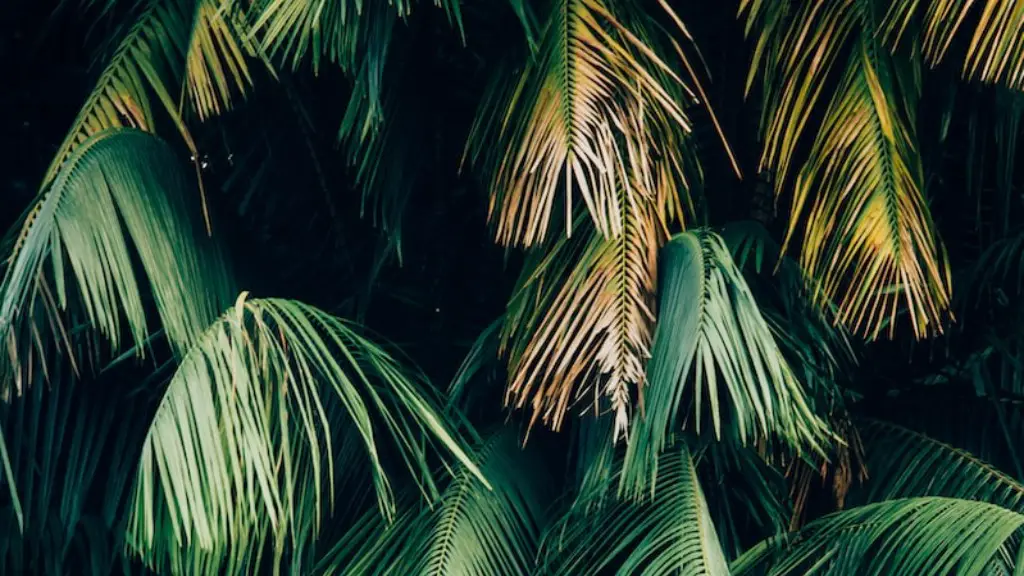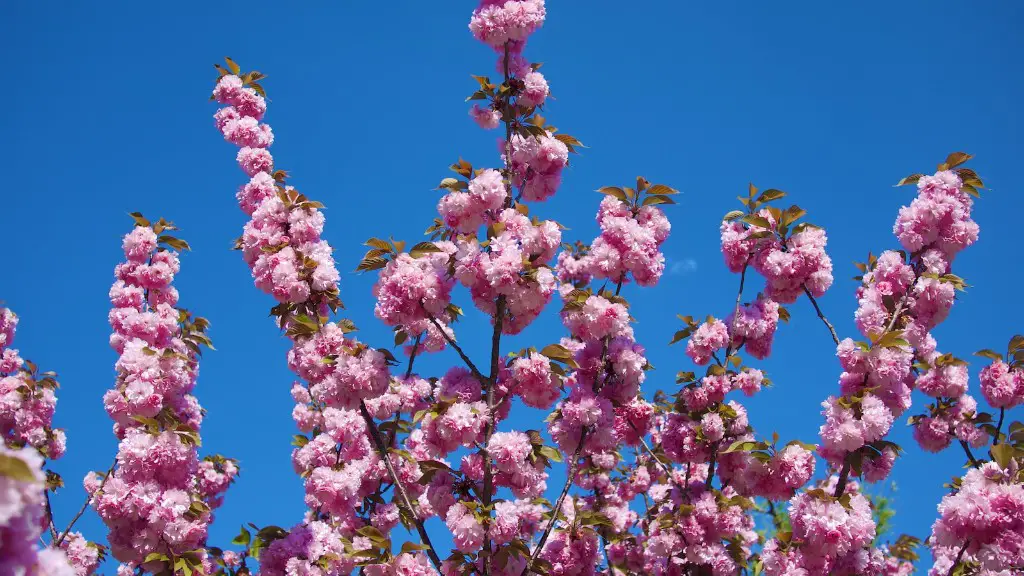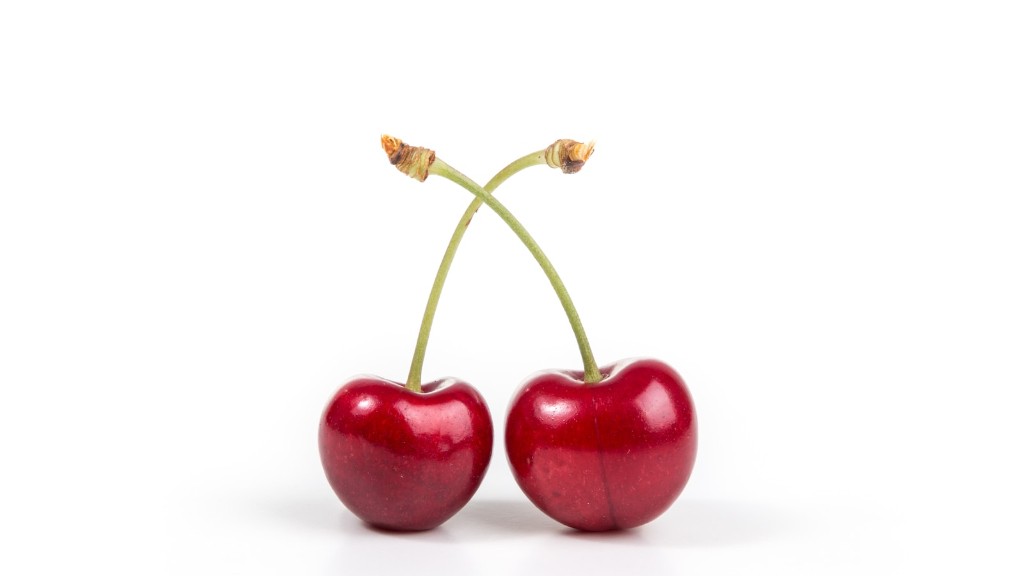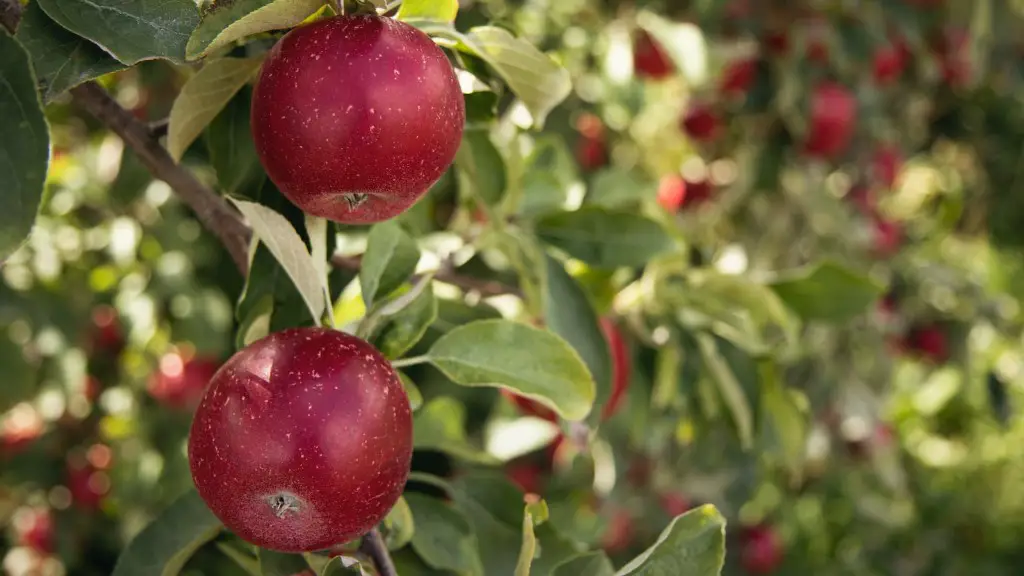Repotting a meyer lemon tree should be done when the plant’s root system has outgrown its container. This often takes up to 2 years, as meyer lemon trees grow incredibly fast. Depending on the container size and root growth, more frequent repotting may be necessary. As a rule of thumb, if you water the tree more frequently and it still seems to develop yellow leaves or stay wilted, then it may be time to look into repotting.
The best time to repot meyer lemon trees is when the soil is dry or when the tree is dormant. Typically in the early spring or fall are the best times to repot meyer lemon trees. Before attempting to repot a lemon tree, make sure to gather the necessary supplies. You’ll need a shallow and wide container, slow-release fertilizer, fresh potting soil, pruning shears, and a spade.
When it’s time to repot the meyer lemon tree, first carefully remove it from its original container. Place the tree on a flat surface and turn it upside down. Gently massage the root ball to loosen the soil and untangle the tangled roots. Trim away any dead or broken roots, then remove the remaining soil from the root system. After removing the remaining soil, help the tree establish new growth by pruning it. Cut away any dead branches, and make sure to disinfect the pruning shears between each cut to prevent spreading any diseases.
Once the tree is trimmed and the roots are visible, it’s time to switch it to a new shallow and wide container. Fill the bottom of the container with potting soil, making sure to add a slow-release fertilizer. Place the meyer lemon tree atop the soil and add more potting soil to cover the root system. Firmly press down the soil around the tree, then water it thoroughly. Make sure to water often in the following 3 weeks to help it acclimate to the new potting soil.
Meyer lemon trees are incredibly fast growers, so you may find yourself needing to repot it every 2 years or so. Though it can be tedious at times, it’s necessary to keep the tree healthy and ensure it grows. Follow the steps as outline above, and you’ll be able to repot your meyer lemon tree with ease.
When to Fertilize a Meyer Lemon Tree
Meyer lemon trees should be fertilized at least twice a year – once in early spring and late summer. This rejuvenates the soil, encourages root growth, and sets plants up for increased nutrition and productivity. Depending on your climate, you may also need to fertilize more often, such as every 3-4 months. To determine the best time to fertilize your meyer lemon tree, keep an eye out for signs of yellowing leaves, wilting, and slower growth. These are all possible tell-tale signs your tree needs a nutrient boost.
When it comes time to fertilize, look for a fertilizer specifically designed for citrus trees. These contain optimal levels of nitrogen, phosphorus, and potassium for fast, efficient growth. Apply the fertilizer evenly across the entirety of the planned and water it in. Decrease the frequency of fertilizing if you notice the leaves beginning to yellow or if you see signs of unhealthiness. On the other hand, increase the frequency of fertilizing if the tree is exhibiting signs of multi-seasonal growth.
As a reminder, meyer lemon trees are incredibly fast growers. Be sure to inspect them frequently and keep an eye out for signs of nutritional needs. If caught early, slight adjustments to your fertilization and watering schedule can help mitigate any prolonged health issues. The small effort required for replenishing your meyer lemon tree’s resources are well worth it in the end.
When to Water a Meyer Lemon Tree
To maintain the health of a meyer lemon tree, it’s important to provide adequate hydration. Generally speaking, a meyer lemon tree should be watered every 2-3 weeks away from high winds and direct sunlight. During extreme temperatures, water the tree more often as the soil dries out quickly. Doing so helps to store consistent moisture, vital for the tree’s overall health.
When it comes time to water, the ideal amount to provide the tree with is roughly 2-3 liters, depending on its size and the size of its pot. To measure the water needs of the tree, wait for the top 1-2 inches of soil to dry out before providing more water. Be sure to provide water in one application, as this avoids washing away nutrients from the soil. If you give the tree too much water, allow the excess water to drain for 10 minutes or so before watering it again. Doing this helps to stabilize the water level and keep a more even distribution.
To make water application easier, consider incorporating a water-timer into your gardening setup. Doing so ensures the tree gets regular water supply while also avoiding any over or under-watering. In addition, be sure to check the tree frequently for signs of wilting or yellowing – this often indicates a need for additional hydration.
When to Prune a Meyer Lemon Tree
Pruning a meyer lemon tree should be done consistently throughout its life. Once or twice a year should be sufficient to keep it healthy while avoiding damage to the branch structure. Pruning should be done when the tree’s leaves are in their dormant period – usually during the late winter or early spring. When this happens, look for any dead or damaged branches as well as any that interfere in the overall shape of the tree.
When it comes time to prune, use pruning shears for smaller branches and a pruning saw for larger ones. Larger branches should be cut at the base of their stems and smaller branches should be cut back to their nodes. After pruning, clean the pruning shears with an alcohol solution to prevent the spread of diseases. It should also be noted that pruning should always be done with the mindset of promoting further growth rather than cutting back too harshly.
When pruning, steer clear of cutting shoots from the trunk of the tree. Doing this causes the tree to become lopsided and disrupts existing structure. Also be sure to inspect for any other signs of structural damage, such as weak or cracked branches as well as unhealthy growth.
Common Diseases for Meyer Lemon Trees
Meyer lemon trees are incredibly susceptible to diseases and pests. Common diseases include citrus scab, canker disease, and blotchy ripening. To prevent disease infestation, it’s important to be aware of the signs of these diseases and treat them early if they do occur. Inspect nearby trees for signs of blossom-end rots, dark spots on leaves, drooping of leaves and branches, and other physical signs.
Infected meyer lemon trees should be treated as soon as possible. The best methods are typically to use different types of sprays to prevent the spread of diseases. When purchasing sprays, make sure to double check the label as some are not suitable for edible plants. Additionally, ensure to disinfect gardening tools between each use to prevent any infections spreading from plant to plant.
As with any gardening project, prevention is key. Incorporate preventative measures into your gardening routine, such as regularly checking nearby trees for any signs of infection, inspecting and treating any bug infestations, and incorporating a preventative spray and mulch system. By taking care of these tasks, you can prevent major outbreaks from occurring and keep your meyer lemon tree healthy and free from disease.
Soil Preparation for a Meyer Lemon Tree
For a meyer lemon tree to grow and thrive, it’s important to provide the right soil mix. The ideal soil mix for a meyer lemon tree is one composed of equal parts soil, sand, and organic material, such as peat moss. This boosts nutrition and encourages multiple season growth, resulting in a healthier tree. When incorporating organic material into the mix, make sure to buy slow-release fertilizers and combine them together.
To ensure adequate drainage, incorporate several generous handfuls of sand. This helps to avoid pooling and keeps the soil aerated. For improved nutrient absorption, create several half-inch deep holes in the container and fill them with a fertilizer mix. Place the tree in the container, mix in the sand and fertilizer, and firmly press down the soil around the tree. Be sure to avoid packing it too tightly, as this blocks oxygen access from the root system and keeps water from draining.
Once the soil has been prepared, water it until the top 1-2 inches of soil have been saturated. Make sure to water the surrounding soil, avoiding any pooling of water underneath the root system. Meyer lemon trees need consistent moisture, so be sure to water it regularly for the first few weeks.
Preventing Infestations in Meyer Lemon Trees
Meyer lemon trees are especially prone to infestations due to their fast growth. Common infestations include aphids, scale, citrus whitefly, and mites. Keep an eye out for droopy leaves, wrinkled foliage, and yellowing or dead branches, as these often indicate an infestation has occurred. To mitigate the spread of infestations, apply a non-toxic pesticide to the tree and use a citrus pruner to cut away stray branches.
In addition to checking for pests, routinely inspect the tree for any signs of fungal diseases. Some of the more common fungal diseases include citrus canker, citrus scab, and blotchy ripening. If you suspect any fungal diseases, mix a fungicide with the water used for irrigation. Doing so helps to eliminate the existing infection while also preventing any new ones from developing.
Finally, for optimal tree health, incorporate a preventative spray regiment into your gardening routine a couple of times a year. Doing this helps break the insect life cycle and keep your tree free from infestations. Keep a close eye on the tree and make sure to treat signs of infestations early to prevent them from spreading further.

